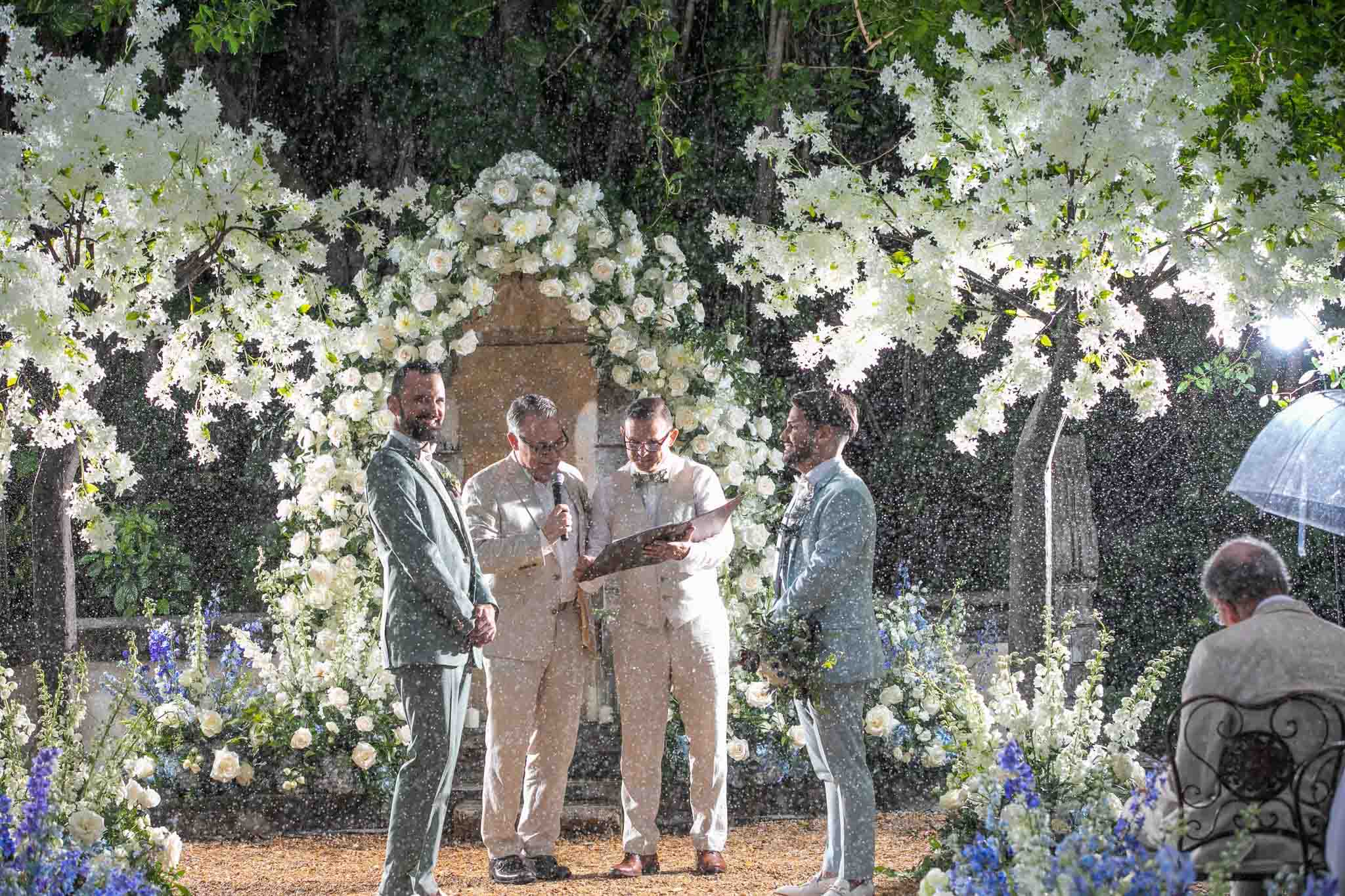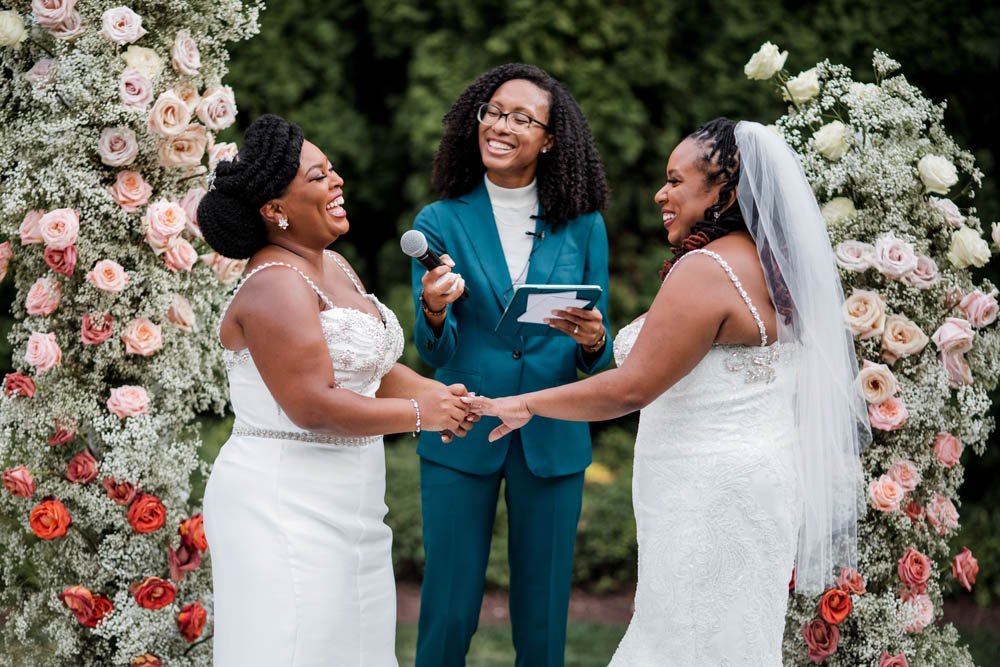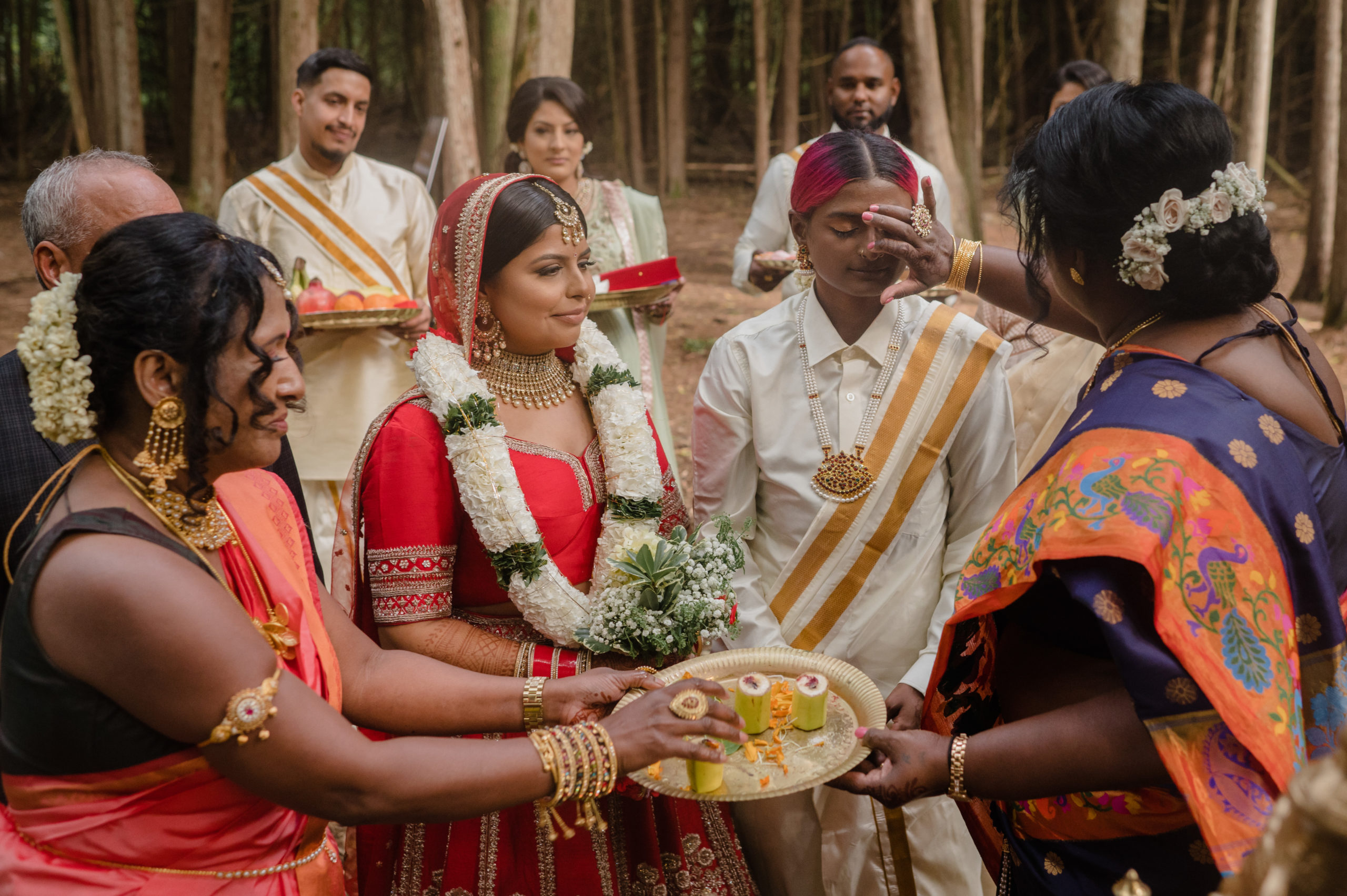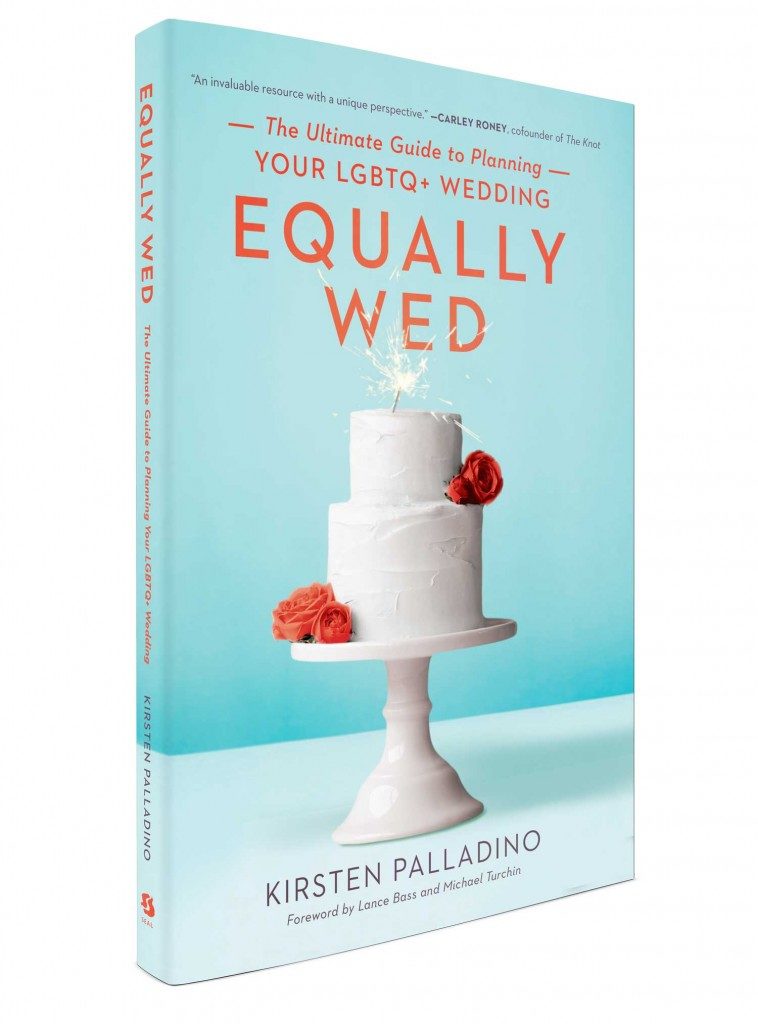As our collective social consciousness about race and culture evolves, so does our understanding of how we relate to trends and traditions that may not come from our own backgrounds. It makes sense to want to have meaningful traditions, articles of clothing or ceremony elements in your wedding, but it’s important to be mindful of the origins and implications of anything that comes from other cultures or spiritual practices. So, let’s talk about how to avoid cultural appropriation at your wedding.
What is cultural appropriation?
Cultural appropriation, as defined by Oxford Languages, is “the unacknowledged or inappropriate adoption of the customs, practices, ideas, etc. of one people or society by members of another and typically more dominant people or society.” In the last few years, general awareness of cultural appropriation has grown, especially as it pertains to Halloween costumes and closed practices.
We often see appropriation in trends, from fashion to social media, and it can sometimes be hard to identify. It often comes down to how something is presented and, more importantly, who is presenting it. For example, an Asian-American person sharing a gua sha tutorial to teach about a beauty practice from their culture is not appropriative. However, if a white-owned haircare brand posts a TikTok video of a white person using their product with trending audio from a person of color talking about their hair, that is appropriation because it divorces the audio from its original context, which is significant due to the historical context around BIPOC hairstyles.
The phenomenon of digital blackface has been in social media discourse recently, and the hair brand TikTok example falls loosely under that category of appropriation. Merriam-Webster defines digital blackface as “the use by white people of digital depictions of Black or brown people or skin tones especially for the purpose of self-representation or self-expression.” The history of the racist practice of blackface in media is a long one, but digital blackface is the latest iteration. Though it’s often in more subtle instances, it’s common to see this appropriation in which white people or brands use voiceovers, songs, or gifs from Black people, especially when speaking in AAVE (African-American Vernacular English). “No matter how brief the performance or playful the intent, summoning black images to play types means pirouetting on over 150 years of American blackface tradition,” says author and cultural critic Lauren Michelle Jackson.
The bottom line is that we have to prioritize respect over aesthetics, no matter who we are. The issue of appropriation is sometimes brushed aside as one of hypersensitivity, but it’s vitally important to understand. Acts of appropriation can range from minorly offensive to fully exploitative, and it’s in everyone’s best interest to keep them out of a day that should be filled with love and joy.

Best practices
There is a fine line between cultural appreciation and appropriation, so how do you make sure you’re not misrepresenting or exploiting a culture that you’d like to incorporate into your wedding? The answer boils down to educating yourself thoroughly on the topic. “Consult, research and understand the traditions, the clothing and any sacred meaning behind the item or culture you are inspired by,” says Nu Bride founder and anti-racism educator Nova Reid in an article for Rock n Roll Bride. “Do not use sacred religious items just because you like the way they look, or to express a theme if it is not part of your culture.”
If you or your partner(s) don’t observe a given religion, it’s best to avoid that religion’s rituals and symbols entirely. The same goes for cultural groups, especially those that have been historically disenfranchised or had violence perpetrated against them by colonial forces.

What not to do
A common example of cultural appropriation, at least until relatively recently, is the use of Native American headdresses and spiritual items like sage. The general public is increasingly aware of the disrespect inherent in a white person wearing an approximation of an indigenous article of clothing as a costume or wedding accessory.
It’s less commonly known that smudging, or the burning of sage or sandalwood, is a practice closed to indigenous practitioners. Smudging is said to clear the energy of a space or person and has been popular in the wellness community for the past decade or so. Some marriers of non-indigenous descent may want to partake in smudging on their wedding day, but for a variety of cultural and environmental reasons, we would recommend finding an alternative to avoid appropriation.
If you’re merging cultures and your spouse-to-be wants to include a particular tradition from their background, that’s an entirely different situation. For example, a Nigerian marrier and their white partner may both wear traditional Nigerian clothes for the ceremony. This is an active choice to honor one of the marrier’s heritage. Likewise, if you are invited to a Hindu wedding where guests of all backgrounds are encouraged to wear saris, lehengas and tunics, that is an instance of cultural appreciation.
Some other appropriative trends to avoid include jumping over a broom, breaking glass, getting henna tattoos or having a wedding “inspired by” a place that you visited, like Morocco or Hawaii. If you’re not getting married there and don’t have cultural connections to that place, it’s best to not aim for an aesthetic reminiscent of it, as that can very easily veer into stereotypes that are harmful and just plain awkward.

What to do
Looking for a meaningful tradition or idea to include in your wedding without appropriating? You can do some research into the cultural backgrounds of you and your future spouse, to see if there are any traditions that you might incorporate that you wouldn’t have thought of otherwise.
Don’t be afraid to forge your own new traditions! Every ritual has to start somewhere, so why not originate a practice altogether? Consider planting a tree during your ceremony, finding a meaningful secular passage to read during your vows like a passage from a marriage equality ruling or inventing something entirely new. The possibilities are endless. ![]()
Featured image by Banga Studios
































